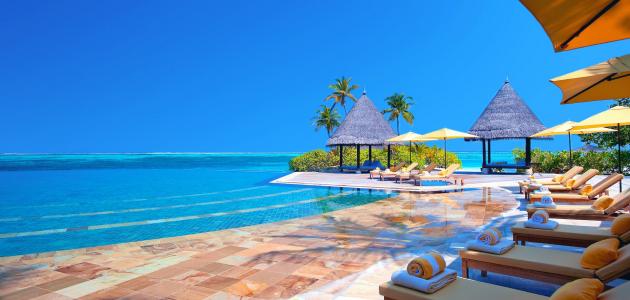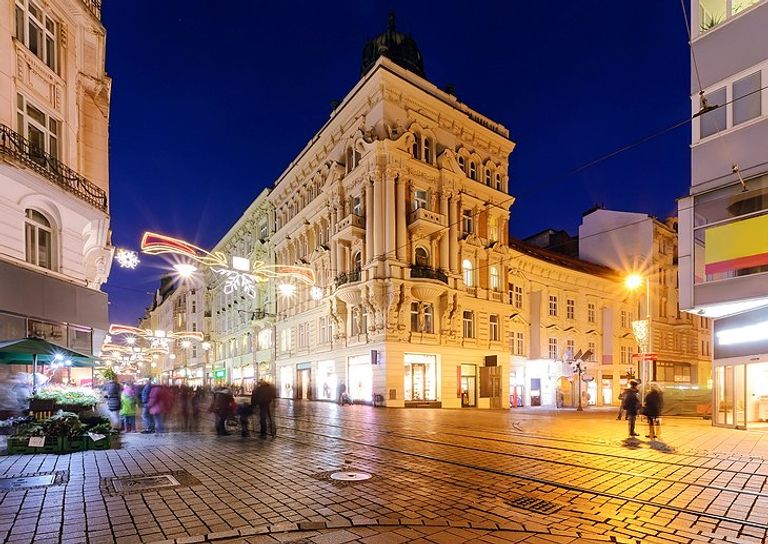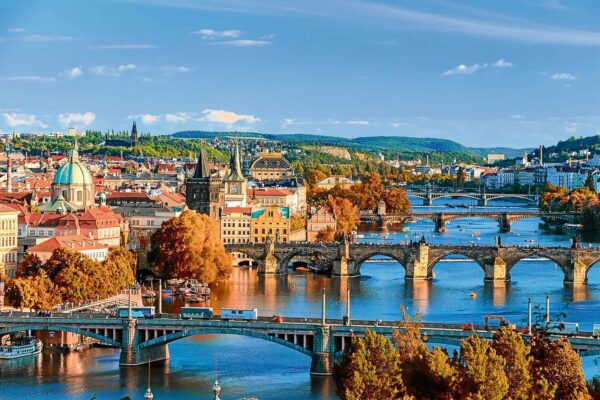




Prague is the capital of the Czech Republic and its largest city located on the Vltava River in the center of the historic region of Bohemia. Unlike many Central European cities, the city was not significantly destroyed in World War II and has preserved its beautiful appearance. The city has a population of 1.2 million people and an area of about 500 km2.
Prague has many nicknames, such as the Golden City, the Mother of Cities, and the Heart of Europe. It is known as the City with a Hundred Towers due to the many towers above its churches and palaces. Since 1992 AD, it has been included in the UNESCO list as a world cultural heritage site.
Famous people in the city include the Arab poet Muhammad Mahdi Al-Jawahiri, who lived there for 30 years, and Franz Kafka, the well-known literary writer.
The city was founded in 1267 AD on the Kahraman Road, one of the most important trade routes at that time. Until the beginning of the eighteenth century, Ostrava was a small rural village with a population of no more than a thousand people. Ostrava remained so until the discovery of its coal mines, which led to an industrial boom and led to an influx of immigrants in the following centuries.
In addition to the urban and population expansion in the city and the high quality of civil, cultural and scientific life there, the twentieth century witnessed a huge industrial expansion in Ostrava. As an important source of iron used in military industries, Ostrava was subjected to violent bombing waves during World War II, which caused massive destruction to the city.
After the overthrow of the country’s communist rule in 1989, the city was subjected to many waves of change. Stopping work in coal mines, closing steel manufacturing sites, and trying to fully advance the industry were the most important attempts to raise the standard of living in the city during the last decade of the twentieth century.
The city grew and developed rapidly during the nineteenth century, and as a direct result of this development, it contains many buildings of that period, the most famous of which are the city secretariat building, the opera house, and the North Bohemia Museum.
It became a headquarters for the Nazi Germans before World War II and was chosen as the capital of what was known as the Sudetenland, the region that Czechoslovakia had forced to ceded to Germany.
Olomouc is located in the mountainous region of Moravia. The city’s area is about 103 km². The city’s elevation ranges from 210 m to 420 m above sea level. Olomouc is located in a temperate climate zone characterized by warm weather in summer and cold, rainy and humid winter. The average temperature in January is -3 degrees and in July it is 17 degrees. The average annual rainfall ranges between 600 mm and 1100 mm.





